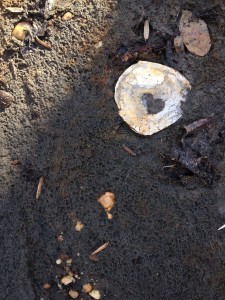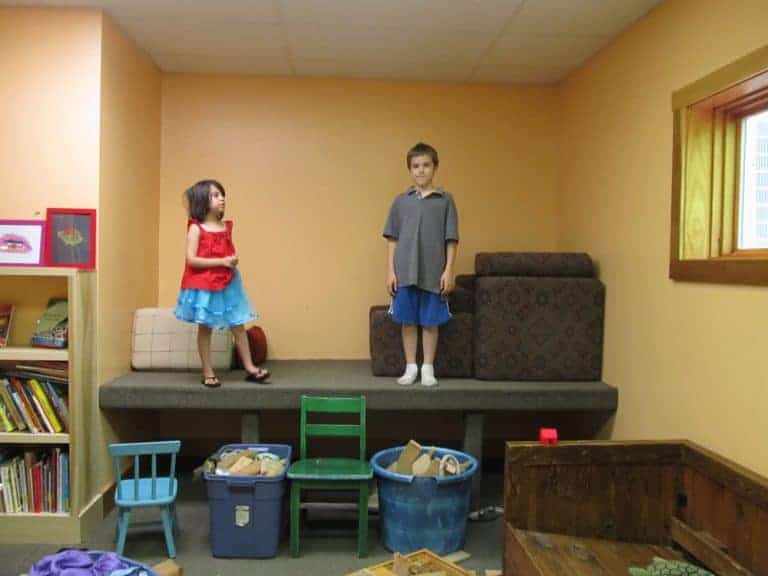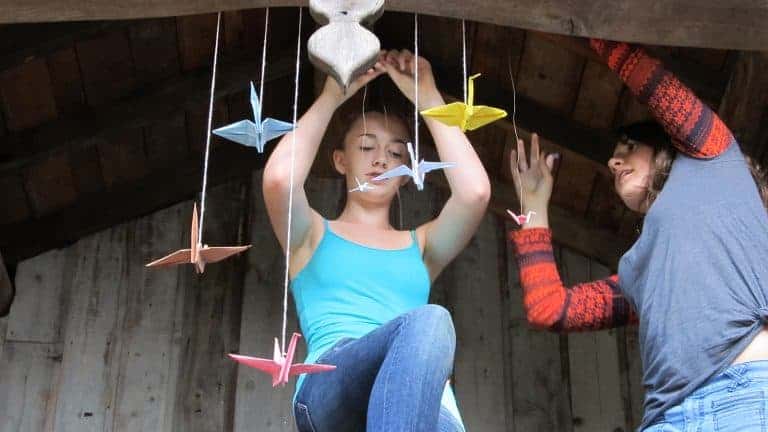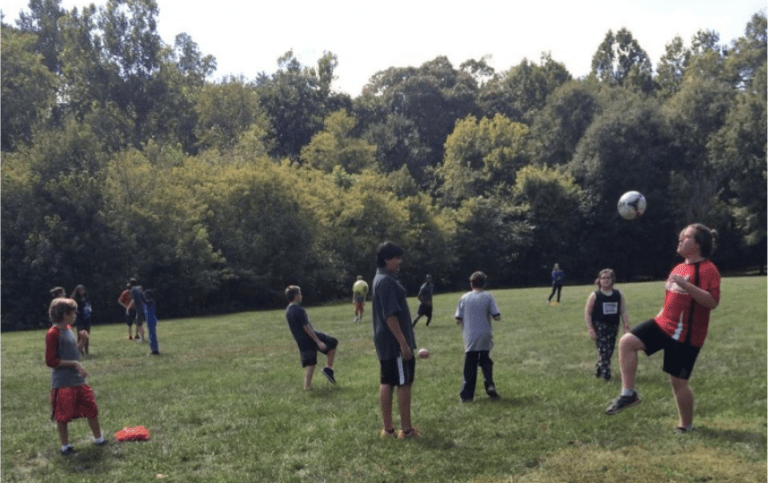The Heart(s) of Fairhaven School
The Heart of Fairhaven? Consider the art of boredom…
In our fast food, constant connection, instant gratification, helicopter parenting/wanting-life-to-be-perfect/fix-it or fix-your-kids world, we parents do not easily accept discomfort in our children. But are we doing them a disservice to protect them from struggle with difficulties, even ones that seem as mundane (and counterproductive) as boredom?
A week or so ago, I was sitting in the kitchen having lunch with a colleague, and as usual students were coming in and out. She asked a few in the room at that moment, “Where do you think the heart of the school is?” Without much thought, one 7-year-old boy said, “I know where the heart of the school is: it’s inside each of the students.” With a collective “Awwww,” we decided to keep asking anyone who came into the room, and I started writing down the answers. Soon the page was full of their wide-ranging suggestions. The answers ranged from the heart of the school being in a specific location, (the circle garden, fairy tree, the porch in the Fairhaven logo) to debating on the Chesapeake Room vs. the Circle Room. Someone said the Chesapeake Room might be more of the brain and the Circle Room the heart, while others proposed more philosophical ideas such as JC or School Meeting. Less obvious (although unique) answers emerged, such as “the database” and “in the cave under the school where we keep the dragon to guard it.” I’m still in the process of collecting everyone’s answers, and several students and staff members have said, “Let me think about it and get back to me.” I’ve been in that same boat, and I love the thoughts that this question provoked in all of us.
Since that day I’ve thought about this seriously. IS it a location? When I’m at the school with no students there, it’s just buildings and woods; while the campus is gorgeous, it’s not the same without people. It’s just a beautiful place, but it’s not Fairhaven. So does that mean it IS in the hearts of the students? Or is it in each one of us that inhabits this place at any given time? I even considered that the heart might be in the relationships that are born and evolve here.
Last Saturday at the Declaration of Intent to Graduate meeting, I listened to this year’s five amazing diploma candidates speak and answer questions about themselves, their time at Fairhaven, what they’ve learned, and why they are ready to move on to their next phases in life. The same colleague from the kitchen asked one of the candidates about a conversation they’d had recently about something founder Hanna Greenberg from Sudbury Valley wrote about several years ago: the art of doing nothing. The candidate talked about how he purposefully stayed off his phone during quiet and down times to fill the empty spaces in his life and noticed what happened when he does that. I was struck by the question/answer exchange not only due to the fact that the concept of one of today’s teenagers pushing himself to explore his thoughts and emotions in this way (especially in a non-technological way) was impressive, but also by the emergence of the word “boredom.”
The word “boredom” comes up at Fairhaven School, often in a negative way. In fact, on the second day after my children enrolled four years ago (just after committing to a year’s tuition at this place both children claimed they loved two days before!), I came to pick them up and enthusiastically asked, “How was your day?” One of them answered, “Well, I was kind of bored.” Panic set in. What had I done? One of the brilliant staff members (who just happens to be the colleague in both previous references) happened to be there and simply said, “Well, that’s part of it. When you’re bored it helps you figure out what you want to do next.” I’m not sure if I had ever considered that idea before, but I have never forgotten her wise words.
Boredom is a concept that sometimes sends both students and their parents running for the hills before they even give Fairhaven School a fair chance. (By the way, several candidates said they enrolled with the idea of giving Fairhaven a year to see how it went, but in retrospect they recognize that one year would have been nowhere near enough time to get the full Fairhaven experience and the benefits of this type of education). In our fast food, constant connection, instant gratification, helicopter parenting/wanting-life-to-be-perfect/fix-it or fix-your-kids world, we parents do not easily accept discomfort in our children. But are we doing them a disservice to protect them from struggle with difficulties, even ones that seem as mundane (and counterproductive) as boredom? Tolstoy said, “Boredom: the desire for desires”. Richard Bach said, “In order to live free and happily, you must sacrifice boredom. It is not always an easy choice.” In my opinion, boredom and motivation go hand in hand. I choose to see boredom as a crucial, positive experience that we should embrace instead of fear and dread. Today, I even might go so far as to say it this way: one of the hearts of Fairhaven School is this mysterious, unappreciated boredom.
Beth Williams
February, 2015
The above photo of a shell on the bank of Fairhaven’s fossil-filled stream was taken by a student (many students spend long hours there). Some have said the stream is the heart of Fairhaven.



